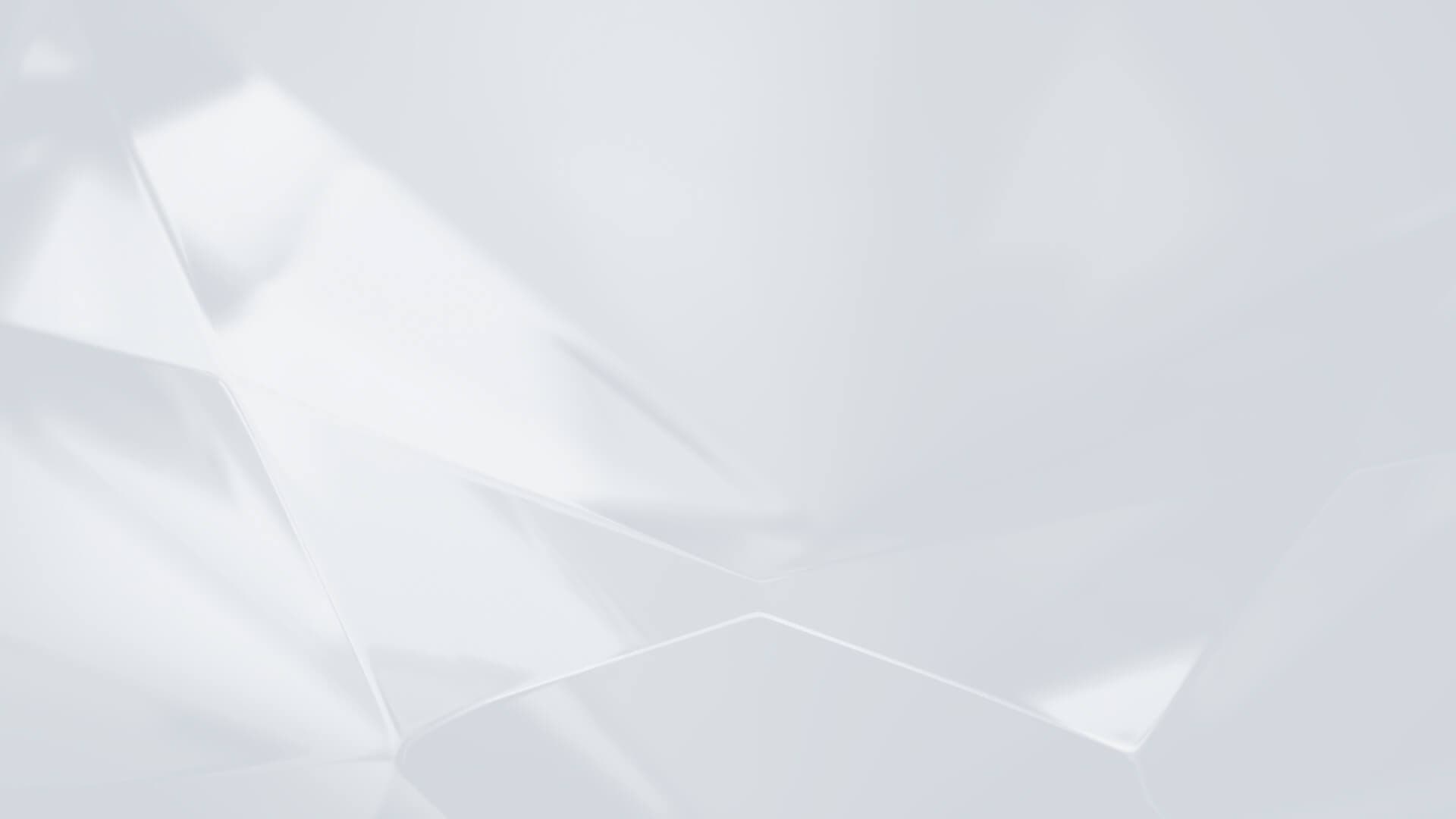
Faceted Gemstones And Light Return Measurements
What factors determine the light return of faceted gemstones? Facet quality, polish, color, and cut style all play roles. Learn more about these variables.
1 Minute Read
Question
Has anyone measured the light return from actual faceted gemstones? This seems like it would be a straightforward study, but there would be a subjective element to the study, too. For example, poorly cut stones with very bright outer rings and "fish eyes" look terrible. However, they might return more light in total than faceted gemstones with a more uniform return.
Answer
To my knowledge, no one has done light return studies of real faceted gemstones. It's possible, but the number of variables would be astronomical. With a ray tracing program like GemRay, you can assume that the facets are flat and the polish immaculate. When working with actual stones, these factors would affect the results of the study. The biggest problem would be color saturation. The fact that a gem has color means that some of the light entering it is absorbed.
To do a study like this, you would need a set of colorless faceted gemstones that were perfectly cut and polished. You would then need sets of colored gemstones, also perfectly cut and polished, with calibrated levels of saturation. Plus, you would need these sets cut to different faceting designs. The results you get from a round brilliant set don't directly equate to other shapes and cuts. Now, multiply all these measurements by how many angle combinations you want to test. Not to mention how many different gem species. You don't cut garnet the same way you cut aquamarine. You also don't cut a 10-carat garnet the same as you would a 1-carat piece.
Using real faceted gemstones, this project would get really complicated really fast. With a ray tracing program, you can change the angles of the facets and refractive indices with ease.
Ray tracing programs have improved our understanding of light behavior inside faceted gemstones. However, it's still short of being a science. We still have to choose our cuts and angles based on our experience.
Donald Clark, CSM IMG
Related Articles
Garnet Value, Price, and Jewelry Information
Aquamarine Value, Price, and Jewelry Information
Spinel Gem, Price, and Jewelry Information
Color Change in Garnet
Latest Articles
800 Years of Mogok: A Celebration in Tenuous Times
What is the Average Gemstone Faceting Yield?
Pyroxmangite Value, Price, and Jewelry Information
How to Identify Emerald Simulants and Synthetics
Never Stop Learning
When you join the IGS community, you get trusted diamond & gemstone information when you need it.
